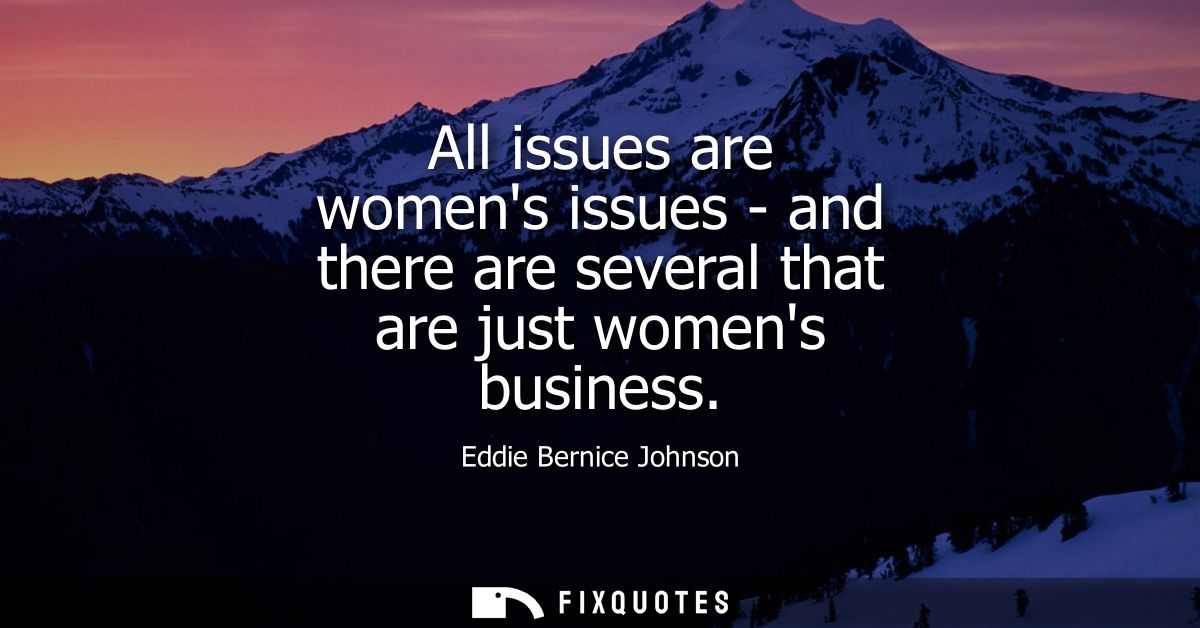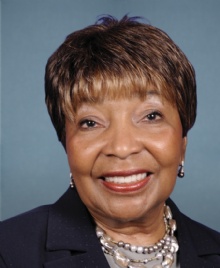"All issues are women's issues - and there are several that are just women's business"
About this Quote
The statement rejects the narrow box of “women’s issues” as a sidelined category and insists that every domain of public life, economy, health care, education, housing, transportation, criminal justice, foreign policy, climate, technology, directly shapes women’s lives. Budget decisions determine whether childcare is affordable, whether hospitals close maternity wards, whether buses run when caregivers need them. Zoning and transit affect personal safety on commutes; environmental policies influence fertility and maternal outcomes; trade and tech rules reshape the labor markets where women often occupy the least protected roles. When all policy is understood as gender-relevant, women’s presence at every table stops being symbolic and becomes essential to sound governance.
The second clause adds a crucial nuance: some arenas uniquely center women’s bodies, experiences, and expertise. Reproductive health, maternity care, menstrual equity, menopause, intimate partner violence, and the gendered dynamics of caregiving are not side notes; they are core concerns requiring women’s leadership and trust in women’s testimony. Recognizing matters that are “just women’s business” does not exclude men; it corrects a historic imbalance in which those most affected have been least heard. It asserts that lived experience is a form of evidence.
Taken together, the message is both expansive and precise. Expansive, because it dissolves the boundary that marginalizes women’s stake in supposedly “general” policy. Precise, because it identifies domains where women’s autonomy and knowledge must be primary. It also invites an intersectional lens: race, class, disability, age, sexuality, and immigration status contour how policies land. Data must be disaggregated; design must be inclusive; authority must be shared.
Ultimately, the call is for a political and cultural shift: stop treating women’s concerns as special-interest threads and weave them into the fabric of every decision, while safeguarding spaces where women define the terms, set the agenda, and lead the solutions.
More details
About the Author

